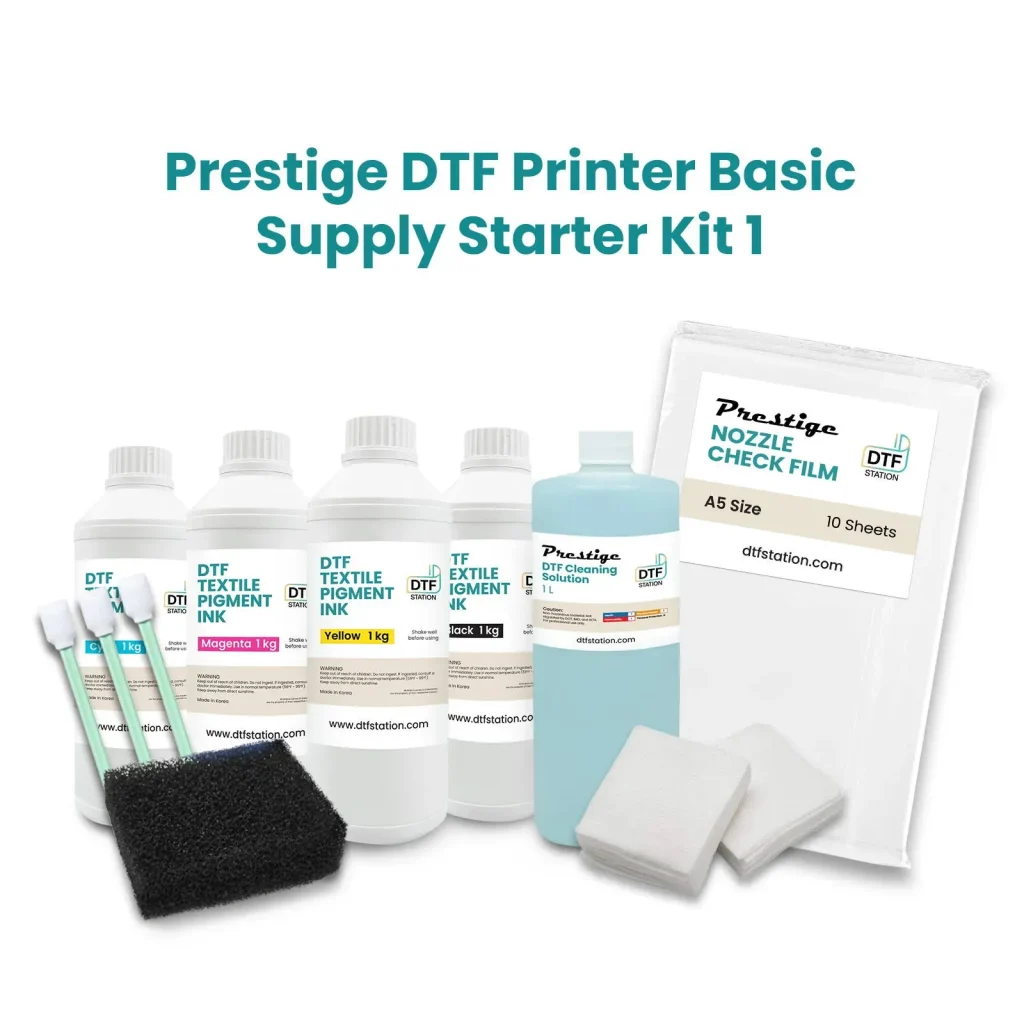DTF Supplies are essential for anyone venturing into the exciting realm of Direct to Film printing. This innovative printing method is celebrated for its vibrant colors and exceptional detail, making it a favorite among graphic designers and textile printers alike. However, with a myriad of options available, understanding how to choose the best DTF supplies can significantly impact the quality of your prints. From DTF transfer film to adhesives and pressing equipment, each component plays a crucial role in achieving outstanding results. In this guide, we will delve into the critical aspects of DTF printing materials to help you make informed choices for your projects.
When exploring the world of DTF printing, also known as Direct-to-Film printing, it’s important to familiarize yourself with the various materials and equipment involved in the process. This printing style stands out due to its ability to deliver sharp images and rich colors on different substrates. Knowing how to select the right DTF materials, including transfer films, adhesives, and even printing machinery, can greatly influence your project’s success. By honing in on essential factors such as the quality of supplies and compatibility with your existing equipment, you can elevate the outcomes of your creative endeavors. This comprehensive overview aims to equip you with the knowledge needed to thrive in the thriving DTF printing landscape.
Understanding DTF Printing Basics
DTF printing, or Direct to Film printing, is an innovative method that has rapidly gained traction in the custom graphics industry. This technique allows users to transfer high-resolution images onto a wide variety of surfaces, most commonly fabrics, creating vibrant and detailed designs. Unlike other printing methods, DTF offers unique advantages such as quicker production times and superior color vibrancy, making it a preferred choice for custom t-shirt printing and promotional items.
One of the standout features of DTF printing is its ability to produce images that are both long-lasting and resistant to fading. This durability, paired with the ability to print on complex materials, sets DTF apart. As a result, this printing method has proven to be beneficial for businesses looking to expand their product offerings and improve design quality.
Frequently Asked Questions
What are the best DTF supplies I should consider for optimal results?
When looking for the best DTF supplies, focus on high-quality DTF transfer film, reliable inks (like pigment or dye-based inks from brands such as Epson), and suitable adhesive powders. Additionally, ensure your printer compatibility and invest in effective pressing equipment to achieve vibrant and long-lasting prints.
How to choose DTF supplies that meet my project needs?
To choose DTF supplies effectively, assess the quality of transfer films, the type of ink, and the compatibility of your printer. Consider your specific project requirements, such as fabric type and design complexity, and select reputable brands known for their reliability in the DTF printing industry.
What role does DTF transfer film play in the printing process?
DTF transfer film is critical for successful DTF printing as it impacts opacity and adhesion. High-quality films ensure that designs transfer well to the fabric without issues like peeling or fading, contributing to overall print quality and longevity.
What types of DTF printing materials are essential for beginners?
Beginners in DTF printing should focus on essential materials such as DTF transfer film, quality ink, heat adhesive powder, and a reliable heat press. Starting with these key DTF supplies will help achieve satisfactory results as you learn the process.
Can I use any printer for DTF printing materials?
Not all printers are compatible with DTF printing materials. Look for printers specifically designed for DTF printing, ensuring they can accommodate the required adjustments for DTF transfer film and adhesive powders. Brands like Epson and Mimaki are often recommended for optimal compatibility.
How important is it to select quality DTF printing equipment?
Selecting quality DTF printing equipment, such as heat presses and printers, is crucial for achieving professional results. Quality equipment provides even temperature distribution and adjustable pressure, ensuring that your designs adhere properly and maintain their vibrancy over time.
| Key Factor | Description | Recommended Brands |
|---|---|---|
| Quality of Transfer Film | Look for good opacity and adhesion for successful transfers. | DigiMag, Geo Knight, Siser, etc. |
| Ink Type | Choose between pigment inks for durability or dye-based for ease of use. | Epson, Mimaki |
| Printer Compatibility | Ensure printer is compatible with selected films and inks. | N/A |
| Adhesive Powder | Choose non-residue powder for best adherence quality. | Thin Film Technologies, J-Teck |
| Pressing Equipment | Select heat presses with even temperature distribution and adjustable settings. | Vevor, Fancierstudio |
| Software and Design | Use robust design software for intricate DTF prints. | Adobe Illustrator, CorelDRAW |
| Community and Support | Engage with online resources to optimize your DTF journey. | Reddit, Printful, YouTube |
Summary
DTF Supplies are essential for anyone looking to dive into the world of direct-to-film printing. Choosing the right supplies is crucial for producing high-quality graphics that stand out. By prioritizing factors such as the quality of transfer film, compatibility of inks and printers, and pressing equipment, you can ensure that your printing projects yield vibrant and satisfactory results. Engaging with community resources and the latest advancements in DTF technology can further enhance your printing experience, leading to impressive outputs for both personal and professional projects.


